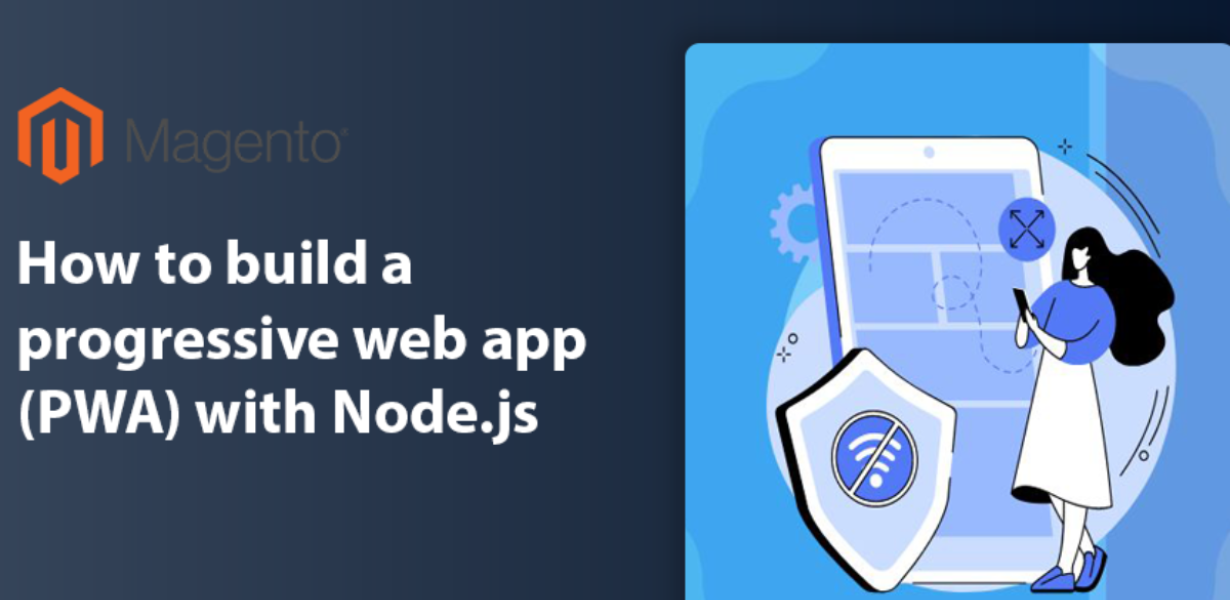
Ensuring PWA Security: Latest Authentication and Authorization Techniques
- Post
- August 8, 2023
- Progressive Web Apps, PWA Tips & Tricks, Web Technologies
- 0 Comments
In the fast-paced digital world, PWAs have revolutionized how users interact with web applications. With their seamless blend of web and app features, PWAs offer a remarkable user experience. However, this innovation comes with a caveat – the need for enhanced security measures to safeguard user data and sensitive information.
Understanding PWAs and Their Vulnerabilities
PWAs, while enhancing user experience, can also introduce potential vulnerabilities due to their offline capabilities and dynamic interactions. From data breaches to unauthorized access, the challenges are diverse. Addressing these vulnerabilities demands a comprehensive security approach.
The Foundation of PWA Security: HTTPS Encryption
At the core of PWA security lies HTTPS encryption. Beyond ensuring data confidentiality, HTTPS instills trust in users by authenticating the website’s identity. By encrypting data during transmission, PWAs can thwart eavesdropping and data tampering attempts, creating a secure communication channel.
Single Sign-On (SSO): Bolstering User Convenience and Security
SSO streamlines user access across multiple PWAs with a single set of credentials. However, to maintain security, it’s crucial to employ robust identity providers and authentication protocols, like OAuth 2.0, ensuring that user data remains protected.
Role-Based Access Control (RBAC): Crafting a Precise Authorization Framework
RBAC grants users access based on their roles and responsibilities. This authorization technique enhances security by ensuring that users can only access the resources relevant to their roles, minimizing potential exposure to sensitive data.
Biometric Authentication: Elevating PWA Security with Uniqueness
Biometric authentication, like fingerprint and facial recognition, offers unparalleled security. Leveraging biometrics not only enhances user experience but also adds an additional layer of security that is nearly impossible to replicate.
Token-Based Authentication: Ensuring Stateless PWA Security
Token-based authentication, often used with OAuth 2.0, creates a stateless authentication process. This means that servers do not need to store user session data, reducing the risk of session-related attacks and enhancing overall security.
WebAuthn: Unleashing Strong Authentication with Public Key Cryptography
WebAuthn takes authentication a step further by employing public key cryptography. This technique offers robust protection against phishing and man-in-the-middle attacks, making it a promising option for securing PWAs.
Implementing Two-Factor Authentication (2FA): Adding an Extra Layer of Protection
2FA involves using two distinct authentication methods, making it significantly harder for unauthorized users to gain access. This method, when thoughtfully implemented, provides an added layer of security without compromising user experience.
PWA Security Auditing: A Proactive Approach to Risk Mitigation
Regular security audits are essential to identify vulnerabilities and rectify them before they are exploited. By conducting routine assessments, PWAs can stay one step ahead of potential threats, ensuring a secure user environment.
Ensuring Compliance with OAuth 2.0 Protocol
OAuth 2.0 has become a cornerstone of secure authorization in PWAs. By following its guidelines, developers can ensure proper delegation of access without exposing sensitive user credentials.
Common PWA Security Pitfalls to Avoid
While embracing advanced security measures, it’s essential to avoid common pitfalls. Neglecting proper encryption, failing to monitor user access, and overlooking regular security updates can leave PWAs vulnerable to breaches.
Final Words
In the ever-evolving landscape of PWA security, staying informed about the latest authentication and authorization techniques is paramount. By implementing robust encryption, leveraging biometrics, and adhering to industry best practices, PWAs can offer users a seamless and secure digital experience. Protecting user data and privacy remains a shared responsibility, and these cutting-edge techniques are the building blocks of a safer online ecosystem.
Commonly Asked Questions
Q1: What is the primary vulnerability PWAs face in terms of security?
A1: The dynamic nature of PWAs, enabling offline capabilities and dynamic interactions, can introduce vulnerabilities such as data breaches and unauthorized access.
Q2: How does token-based authentication enhance PWA security?
A2: Token-based authentication creates a stateless process, reducing the risk of session-related attacks and enhancing overall PWA security.
Q3: What role does WebAuthn play in PWA security?
A3: WebAuthn employs public key cryptography, adding robust protection against phishing and man-in-the-middle attacks, thus elevating PWA security.
Q4: How does PWA security auditing contribute to risk mitigation?
A4: Regular security audits help identify vulnerabilities before they are exploited, allowing PWAs to proactively address potential threats.
Q5: What’s the significance of complying with the OAuth 2.0 protocol?
A5: Following the OAuth 2.0 protocol ensures proper authorization delegation without exposing sensitive user credentials, enhancing PWA security.




